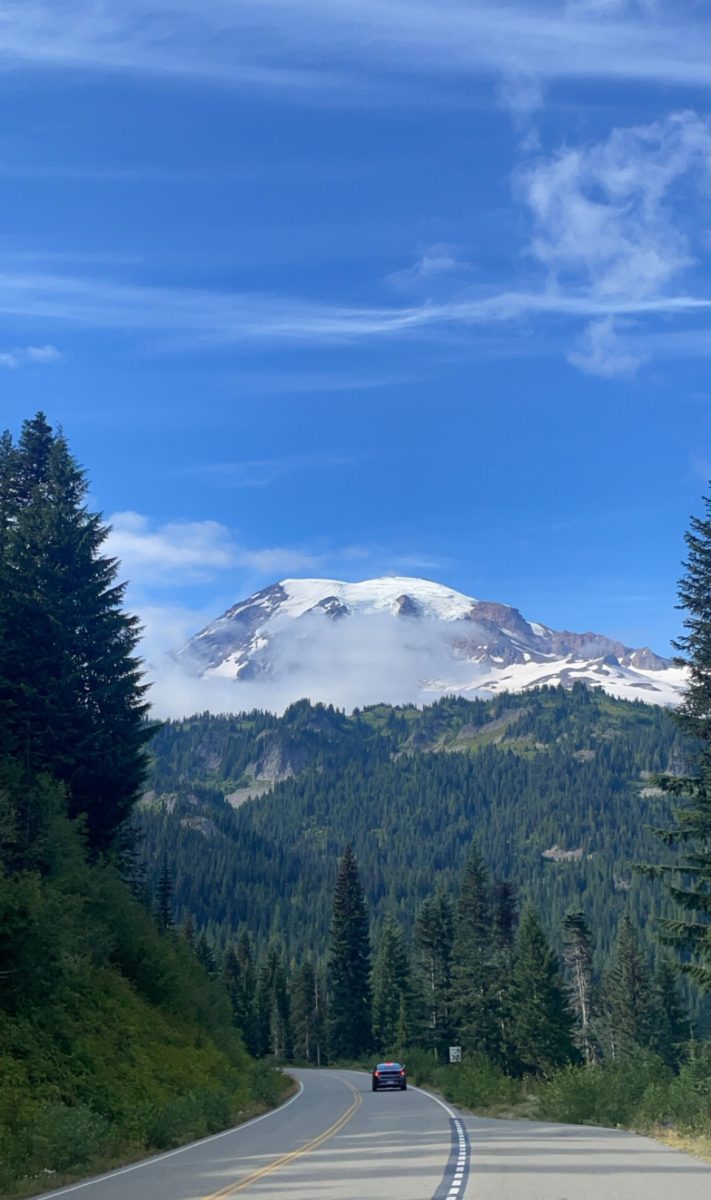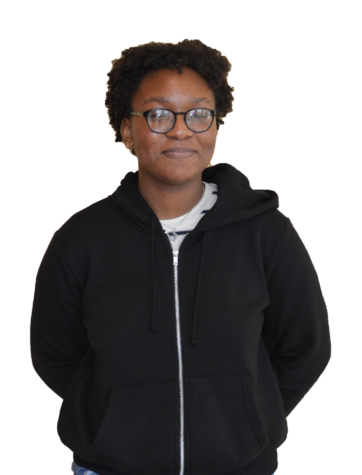What It Means to be SAD
January 1, 2020
Seasonal Affective disorder, also known as SAD, is a form of depression that grows through the changes in the seasons. The extreme drop in weather and the shift of day patterns causes a detrimental effect on the lives of many. This disorder is often underlooked or misconstrued as the winter blues. It is normal for people to be affected by changing weather. The freezing climate and the gloomy environment makes it harder to complete tasks. It is not something that anyone can avoid, but when these changes start to have drastic consequences and become extremely severe, that is where SAD is at its highest.
People who suffer from SAD usually experience very similar symptoms continuously throughout the year. This includes prolonged feelings of sadness, anxiety, and hopelessness. The inability to concentrate, and loss of interest in activities. SAD affects mood, sleep, and energy. It causes stress, agitation and can even decrease appetites. The difference between SAD and depression is that SAD is a recurring pattern. It starts off slowly, and after a sharp increase, it retreats into remission, then it starts over again. According to Psychology Today, approximately ten million Americans experience this disorder.
SAD affects how you function and impacts personal relationships and productivity. Some people just have the extreme feelings of depressing mood swings. Others become paranoid and anxious, and others have trouble doing simple tasks, such as getting out of bed and brushing their teeth.
Many believe that the main cause of SAD is the brains trigger response to decreased sunlight. According to the National Institute of Health, ‘’The phase-shift hypothesis proposes that the body’s sleep-wake cycle is phase-delayed in SAD with respect to the environmental light-dark cycle,’’ this means our body can have a natural response to the changes in the daylight. They react to this drop in sunlight by forcing ourselves to feel tired. Other theories simply hypothesize that the drop in sunlight decreases our serotonin, the chemical in our brain that makes us feel happy. Not being introduced to sunlight and brightness in the mornings when we’re supposed to be our most productive, causes us to be less happy.
This explains why one of the biggest ways to combat this disorder is light therapy. Light therapy is a way to treat seasonal depression. According to Mayo Clinic, ‘’During this therapy, you sit in a box and bright artificial lights used to replicate real light. When taking this therapy, the lights are bright, warm colors such as yellows and oranges. Along with greens to mimic nature.’’ It is thought that this therapy helps to trigger brain chemicals and to produce more serotonin. There are places in the world that throughout the year have little to no sunlight. The methods in these places are similar to those seen with light therapy.
Tromso is a city that is located north of the Arctic circle in Norway. In this city, there is a wide variation of light between seasons. The center of the sun is below the horizon. The winter days are almost completely dark, and there are periods when the sun doesn’t rise. In a place where the weather is extremely gloomy and dark, the comfort and security of the city is incredible. Winters in Tromso are full of fun, snow, skiing, and lights. There are events, festivals, cultures, and daily commutes. This city full of darkness is bright and exciting. It is a place full of socialization and activity.
SAD is a very complex and confusing disorder that never truly disappears.The National Institute of Mental Health reports that about 3.2 million 12- to 17-year-olds have had at least one major depressive episode within the past 12 months. As the rates of depression soar, it is important to note the impact of this disorder. It is important to not mistake this severe depression for a small thing. It is recommended that anyone with this disorder seek therapy, and treatment. The most important thing is to stay consistent. We must never forget that Depression is a serious condition that changes our outlooks, beliefs, and our way of life. It is important to live outside our bubbles during this time. It is normal to be sad, and normal to be tired. But we can’t let those feelings prevent us from finding light among the darkness.












































